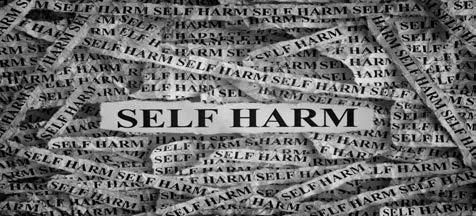WWW.BREATHEMAGAZINE.NET
How Are Self-Injury and Suicide Related The intent is different, though one can lead to the other This is an excerpt from Healing Self-Injury: A Compassionate Guide for Parents and Other Loved Ones, by Janis Whitlock, PhD, and Elizabeth Lloyd-Richardson, PhD.
It’s not unusual for young people who are struggling with painful feelings to engage in self-injury — things such as cutting, burning or scratching themselves until they bleed. Knowing that a child is intent on harming herself is very upsetting to parents, and many worry that selfinjury is a sign that their child is suicidal. Self-injury and suicidal behaviors — imagining, planning or attempting suicide — are related, but the relationship between the two is confusing. Because they can look similar, it can be very difficult to tell the difference between them. But there are important differences in the intention as well as the danger: Self-injury is virtually always used to feel better rather than to end one’s life. Indeed, some people who self-injure are clear that it helps them to avoid suicide. In
18
fact, the technical term for self-injury is nonsuicidal self-injury, or NSSI. Differences Self-injury and suicide differ in multiple ways, including: The intent: The intent of self-injury is almost always to feel better, whereas for suicide it is to end feeling (and, hence, life) altogether. The method used: Methods for self-injury typically cause damage to the surface of the body only. Suicide-related behaviors are much more lethal. Notably, it is very uncommon for individuals who practice self-injury and who are also suicidal to identify the same methods for each purpose.




